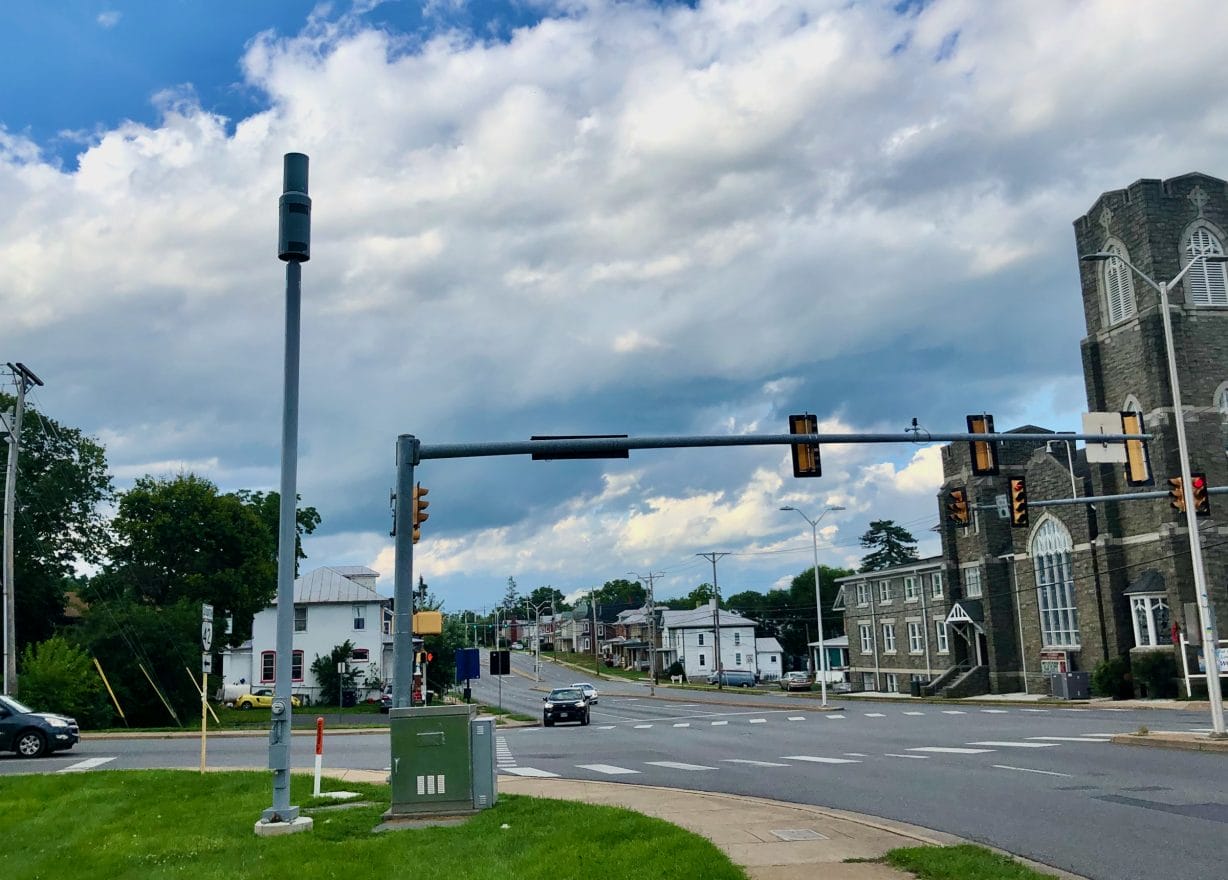A contributed perspectives piece by Lisa Boland Elliott

A few weeks ago, on the morning of June 19th, 2025, a pedestrian was injured while walking in my neighborhood.
The scene of the incident was not on a quiet tree-lined residential street that comprises much of this part of town. Rather, the 88-year-old critically injured, was crossing the nearby 5-lane roadway, Main St., on a Thursday at 10 AM.
As a parent, with a 9 yo who rides his bike to and from school, my eyes are on this roadway segment twice a day, 180 days of the year.
While I grieve for the injured, the driver, the first responders, the friends and families of those directly and indirectly affected by the accident. The interchanges along this busy main street have long been a grievance for pedestrians, bike riders, families and our elementary school community due to the inadequate street signage signaling drivers to slow down.
Approximately half a mile from the June incident is one of the heaviest traffic-impacted intersections in town.
Two years ago, a walkabout study was conducted for the elementary school district that includes this section of Main Street. Key safety concerns were found for walkers and bikers, notably the high volume of car traffic paired with insufficient pedestrian facilities, including missing school zone speed signage.
Having read the report, my inner skeptic sees the positioning of a 25 mph speed limit sign directly after this notably busy intersection and questions how its placement could rightfully exclude an entire vulnerable demographic of young children on their way to school.
As a mother and a bike commuter myself, there are countless teaching moments for our family on bicycles in the neighborhood and throughout town.
Where instantaneous close calls are addressed like cars not yielding to us in crosswalks, drivers turning even when the right of way is ours, being visible and anticipating areas where seemingly benign roadway features like hidden driveways, fences too close to sidewalks and parking lots can obstruct a drivers peripheral view and make conditions hazardous for bikers and walkers.
The stark reality for any wayfarer is that an increase in safety is directly correlated with a decrease in car traffic speed. Slower-moving vehicles pose less harm in the event of an impact, and balancing the needs to keep traffic steadily moving forward on roadways can pose challenges for areas like the 1500 block on Main Street.
As we look for ways to implement projects and infrastructure that reverse the upward trend in pedestrian fatalities across the country, it’s time also for concerned citizens to support proposed laws like S. 1828 a bipartisan bill introduced into Congress in 2025, that if passed would require states to designate a coordinator for the Safe Routes to school program.
The time is now to build on common ground efforts that recognize urban, suburban and rural communities have unique assets and transportation needs to improve infrastructure.
As an example, mixed-use zoned areas like the noted segment of Main St. often read more industrial than residential to drivers. Yet, within a quarter mile, drivers and strollers alike can find dining and shopping, a city park, baseball fields, the Bluestone Bike trail, playgrounds, apartments, community centers, single-family homes and an elementary school.
Passing the S. 1828 legislation would necessitate states assigning safe routes to school coordinators to serve as a point of contact for local governments, school districts and others to further enhance community programming in this area.
Furthermore, requiring each state department of transportation to designate a SRTS coordinator will help communities navigate program opportunities along with funding needs to enable more coherence and collaboration, strengthening existing partnerships and fostering new alliances.
What upgrades could look like would depend on SRTS project goals, expert recommendations and citizen input, like signage improvements for existing crosswalks and/or use of speed cameras to monitor traffic violations and utilizing the fines to fund SRTS.
Our families deserve a healthy start to their day. Increasing accessibility for children and their caregivers to safely walk, bike and/or ride the bus to school is investing in a brighter future.
Lisa Boland Elliott is a yoga practitioner and lifelong learner. Since becoming a mother, her environmental interests have evolved into local advocacy for bicycle and pedestrian safety. She believes in the power of public transportation and safer infrastructure to strengthen communities—urban, rural, and suburban alike.











